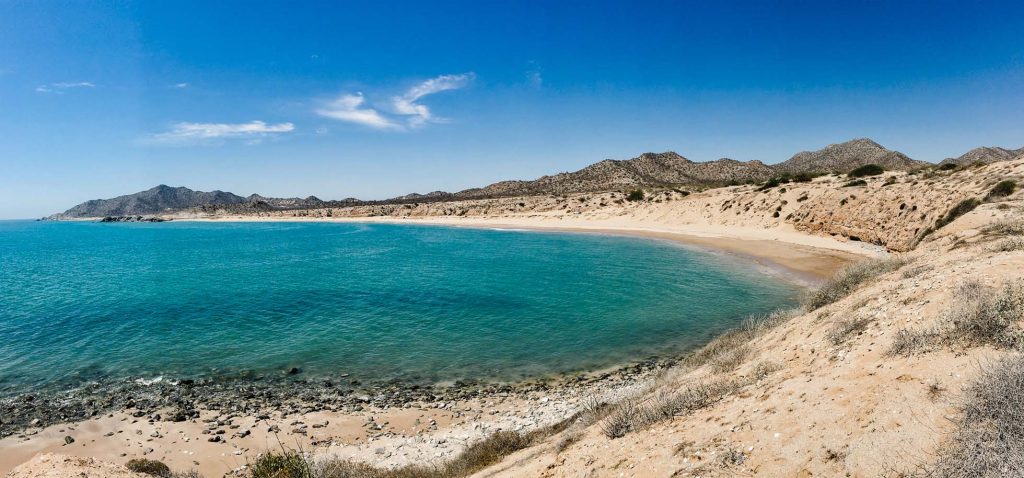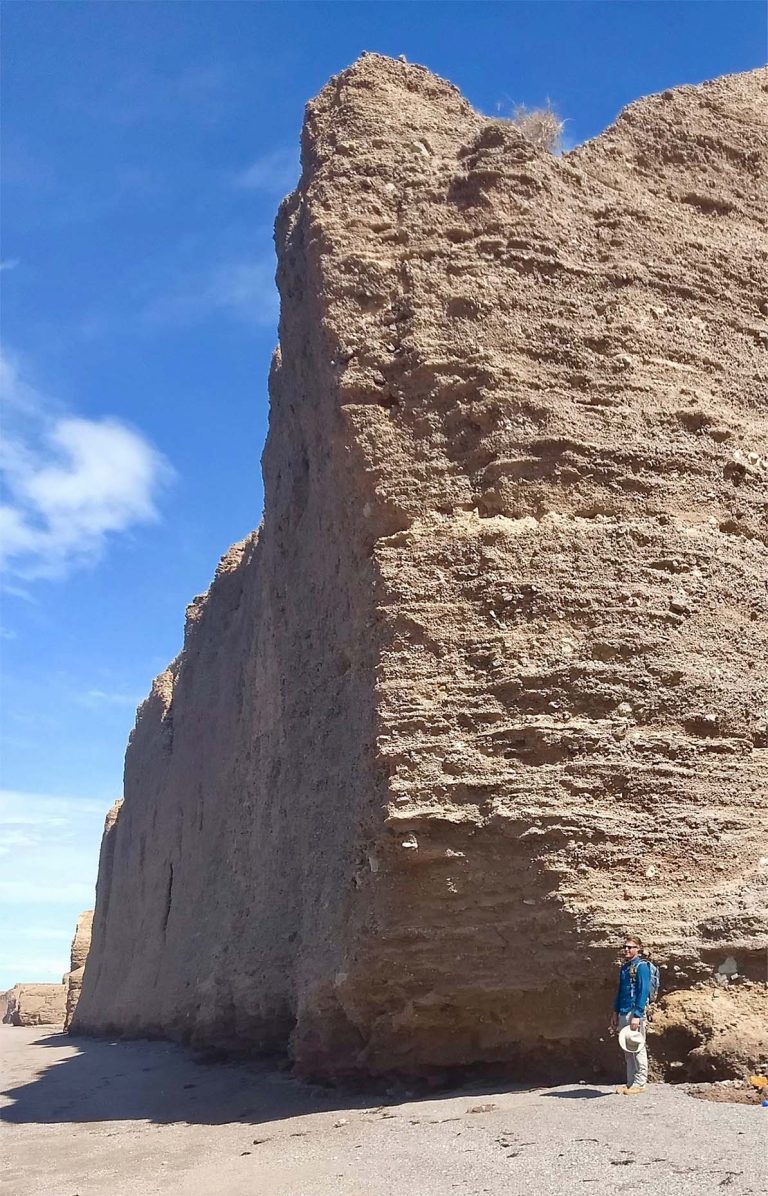Disciplines: Geology
Regions: Baja California, Central Sonora, Gulf of California
Chapter: Tucson
Over 95% of the world ocean is very likely to experience sea-level rise by the end of the 21st century. Global response strategies to the risks of future sea-level rise require an understanding of the sensitivity of sea level to climate change beyond the historic timeframe of reliable instrumental records. The geologic record reveals that sea level during the Last Interglacial Maximum (~129–116 ka) exceeded modern sea level by ~6–9 m contemporaneous with warmer (+1.5–2°C) global mean temperatures. Increased understanding of sea-level change during the Last Interglacial Maximum may therefore improve projections of the rate and magnitude of future sea-level rise due to global warming. The proposed research aims to accurately constrain the age and magnitude of the Last Interglacial Maximum sea-level highstand in the Gulf of California using geologic evidence of past sea-level change exposed along the central Sonoran coast. This work will contribute to global efforts to constrain geographic variability in the timing and magnitude of the Last Interglacial Maximum sea level and will enable comparison of the regional sea-level record with global reconstructions to better understand how sea level responds to sustained warming and meltwater input. The results of the proposed research will inform long-term assessments of the evolution of threatened coastal areas and risks to infrastructure along the Gulf of California, where sea-level rise is projected to be higher than the global average.

